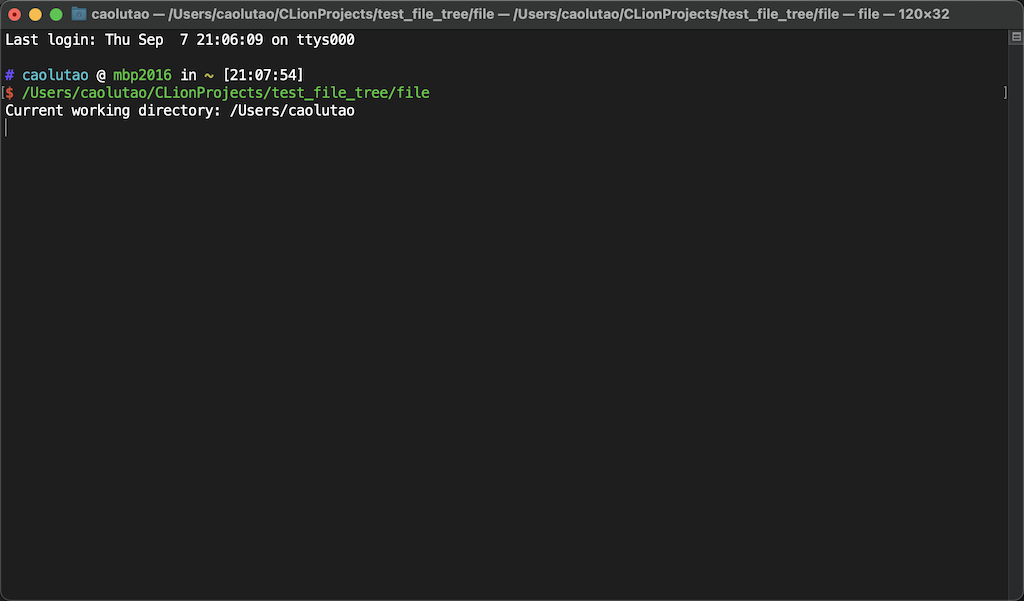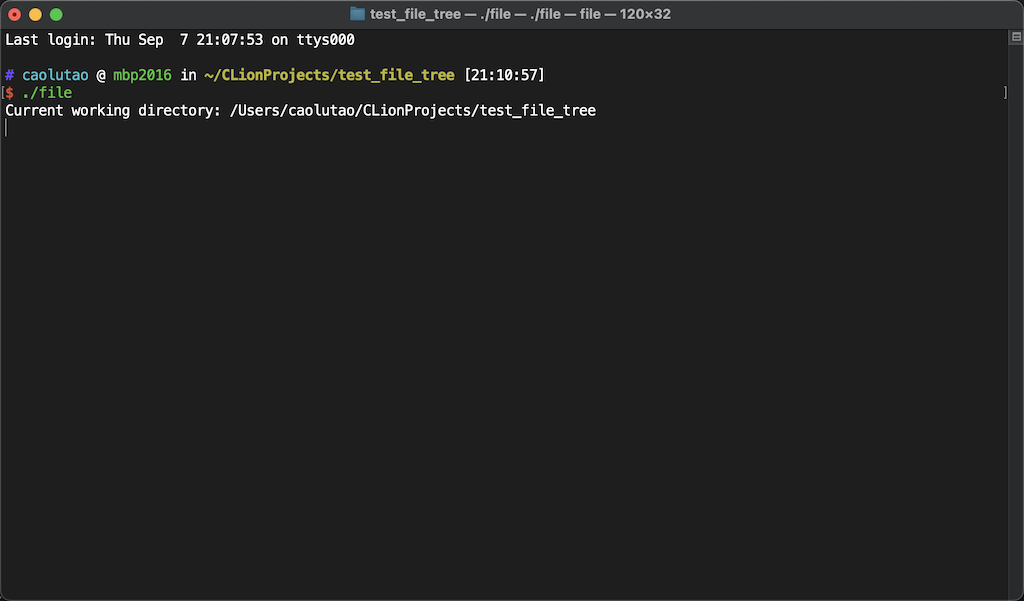
C++ IO stream(没写完)
简介
本文记录一下C++的IO stream的使用
相对路径
首先要说明这个相对路径是相对于谁
在linux环境下(我是MacOS)
他相对的其实是,你当前的操作环境的路径
也就是你终端(terminal)当前的路径
举个例子
Main.cpp输出当前的目录
1 |
|



现在我们在~目录下执行file

可以看到输出的路径就是~
我们换个路径

可以发现结果变了
证实了我们的结论
ps : 其实
./file前面的./就是当前目录的意思可以通过尝试
cd ./来验证读取上一级目录是
..,读取上一级目录的文件是../test.txt读取上上一级目录是
../..,读取上上一级目录的文件是../../test.txt
ifstream
1 |
|
流程很容易读懂
先打开文件
再用getline一行一行读
最后调用file.close()关闭文件
如果你是在
Clion或者vscode里面写的代码,一定要注意它运行的文件夹在哪通常情况是当前可执行文件的目录下面
ofstream
- 标题: C++ IO stream(没写完)
- 作者: Lucas
- 创建于 : 2023-09-07 19:39:13
- 更新于 : 2025-12-22 11:09:56
- 链接: https://darkflamemasterdev.github.io/2023/09/07/C-IO-stream/
- 版权声明: 本文章采用 CC BY-NC-SA 4.0 进行许可。
评论